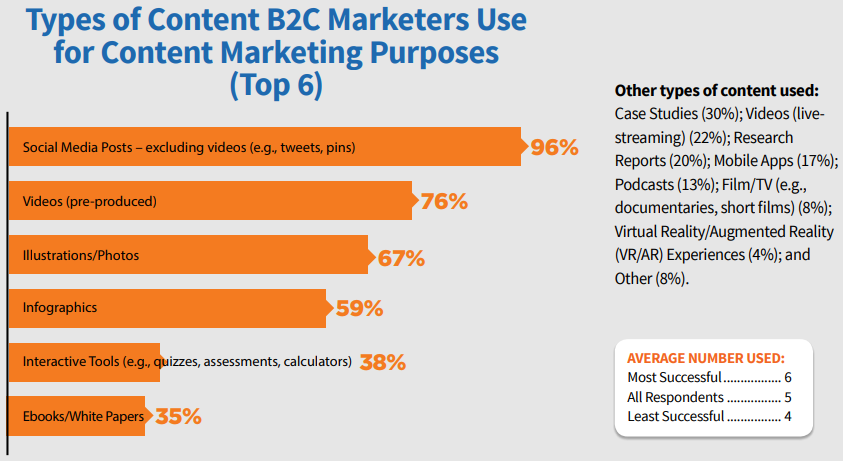Play To Win: Avoid 5 Common Small Business Fails To Be
Failure is a topic most of us would rather avoid. But ignoring obvious (and subtle) warning signs of business trouble is a surefire way to end up on the wrong side of business survival statistics.Play To Win: Avoid 5 Common Small Business Fails For A

What’s the survival rate of new businesses? Statistically, roughly 66 percent of new businesses survive two years or more, 50 percent survive at least four years, and just 40 percent survive six years or more. This is according to the study “Redefining Small Business Success” by the U.S. Small Business Administration.
Play to Win: Avoid 5 Common Small Business Fails Elizabeth Kraus. Seattle-based marketing consultant and the owner of The Marketing Desks and author of 365 Days of Marketing. Technology can be a thing of beauty when all systems are go. But when hardware or software do not perform, delays are costly and frustrating. Our Intelligent Workplace Services are designed to help organizations of all sizes avoid that hassle and expense, partly by helping you to print less.
Learn how to avoid the most common pitfalls in strategic planning here.


With this information as a backdrop, we’ve put together a list of 10 common reasons businesses close their doors:
- Failure to understand your market and customers. We often ask our clients, “Where will you play and how will you win?”. In short, it’s vital to understand your competitive marketspace and your customers’ buying habits. Answering questions about who your customers are and how much they’re willing to spend is a huge step in putting your best foot forward.
- Opening a business in an industry that isn’t profitable. Sometimes, even the best ideas can’t be turned into a high-profit business. It’s important to choose an industry where you can achieve sustained growth. We all learned the dot-com lesson – to survive, you must have positive cash flow. It takes more than a good idea and passion to stay in business.
- Failure to understand and communicate what you are selling. You must clearly define your value proposition. What is the value I am providing to my customer? Once you understand it, ask yourself if you are communicating it effectively. Does your market connect with what you are saying?
- Inadequate financing. Businesses need cash flow to float them through the sales cycles and the natural ebb and flow of business. Running the bank accounts dry is responsible for a good portion of business failure. Cash is king, and many quickly find that borrowing money from lenders can be difficult.
- Reactive attitudes. Failure to anticipate or react to competition, technology, or marketplace changes can lead a business into the danger zone. Staying innovative and aware will keep your business competitive.
- Overdependence on a single customer. If your biggest customer walked out the door and never returned, would your organization be ok? If that answer is no, you might consider diversifying your customer base a strategic objective in your strategic plan.
- No customer strategy. Be aware of how customers influence your business. Are you in touch with them? Do you know what they like or dislike about you? Understanding your customer forwards and backwards can play a big role in the development of your strategy.
- Not knowing when to say “No.” To serve your customers well, you have to focus on quality, delivery, follow-through, and follow-up. Going after all the business you can get drains your cash and actually reduces overall profitability. Sometimes it’s okay to say no to projects or business so you can focus on quality, not quantity.
- Poor management. Management of a business encompasses a number of activities: planning, organizing, controlling, directing and communicating. The cardinal rule of small business management is to know exactly where you stand at all times. A common problem faced by successful companies is growing beyond management resources or skills.
- No planning. As the saying goes, failing to plan is planning to fail. If you don’t know where you are going, you will never get there. Having a comprehensive and actionable strategy allows you to create engagement, alignment, and ownership within your organization. It’s a clear roadmap that shows where you’ve been, where you are, and where you’re going next.
Running an organization is no easy task. Being aware of common downfalls in business can help you proactively avoid them. It’s a constant challenge. We know, but it’s also a continuous opportunity to avoid becoming one of the statistics.
Play To Win: Avoid 5 Common Small Business Fails Using
Play To Win: Avoid 5 Common Small Business Fails Fail
Let’s Talk
Give us a call at 775-747-7407.
Or, fill out a form and we’ll contact you within one business day.

